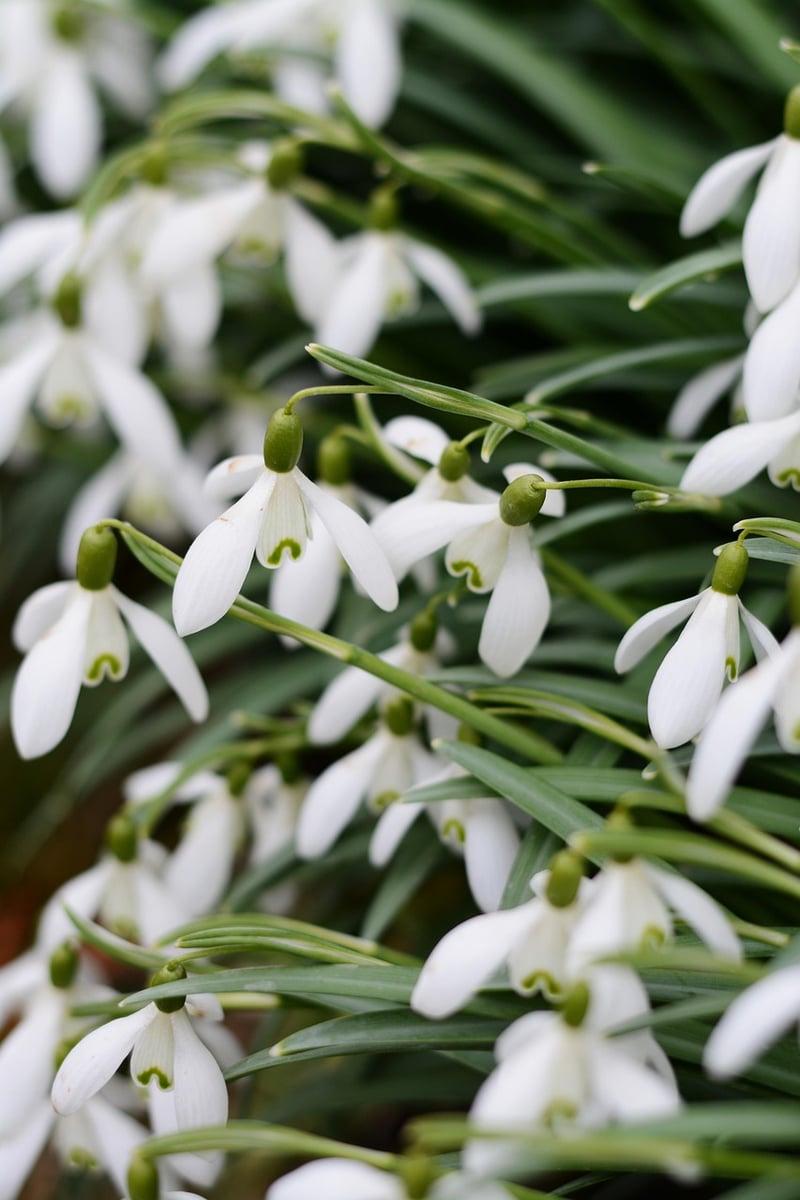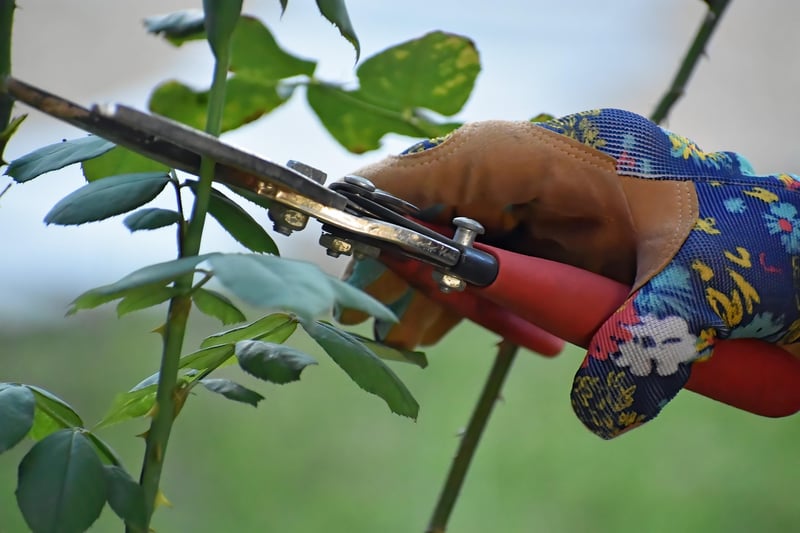Pruning Essentials
Caring for Vertical Gardens and Pruning Essentials
Introduction to Vertical Gardens
Vertical gardens are a popular way to bring greenery into small spaces, balconies, or even indoor environments. They not only add beauty but also help improve air quality and create a calming atmosphere.
Caring for Your Vertical Garden
Proper care is essential to ensure your vertical garden thrives. Here are some tips to help you maintain your vertical garden:
1. Watering
Ensure your vertical garden receives adequate water. Depending on the plants and the environment, you may need to water them daily or every few days. Monitor the moisture levels to prevent overwatering or underwatering.
2. Light
Place your vertical garden in a location where it receives sufficient sunlight. Most plants require at least 6 hours of sunlight per day. If your space lacks natural light, consider using grow lights to supplement.
3. Fertilizing
Regularly fertilize your vertical garden to provide essential nutrients to the plants. Choose a fertilizer that is suitable for the types of plants you are growing and follow the instructions for application.
4. Pruning
Pruning is essential to maintain the health and appearance of your vertical garden. Regularly trim dead or overgrown foliage to encourage new growth and prevent diseases. Proper pruning also helps shape your plants and control their size.
Pruning Essentials
Pruning is a fundamental gardening practice that promotes plant health and vitality. Here are some essential tips for pruning your plants:
1. Tools
Use sharp, clean pruning shears to make precise cuts and prevent damage to the plant. Disinfect your tools before and after pruning to avoid spreading diseases between plants.
2. Timing
Prune your plants at the right time to avoid stress and maximize growth. Generally, it's best to prune after flowering for most flowering plants and during the dormant season for deciduous trees and shrubs.
3. Technique
Make clean cuts at a 45-degree angle just above a node or bud. Remove dead, damaged, or diseased branches first, then focus on shaping the plant and removing any crossing or crowded branches.
4. Observation
Regularly inspect your plants for signs of pests, diseases, or poor growth. Pruning can help you address these issues early and prevent them from spreading to the rest of your garden.
By following these care tips and pruning essentials, you can ensure your vertical garden remains healthy and vibrant throughout the year.

Remember, each plant may have specific care requirements, so it's essential to research the needs of your plants and adjust your care routine accordingly.
Happy gardening!
